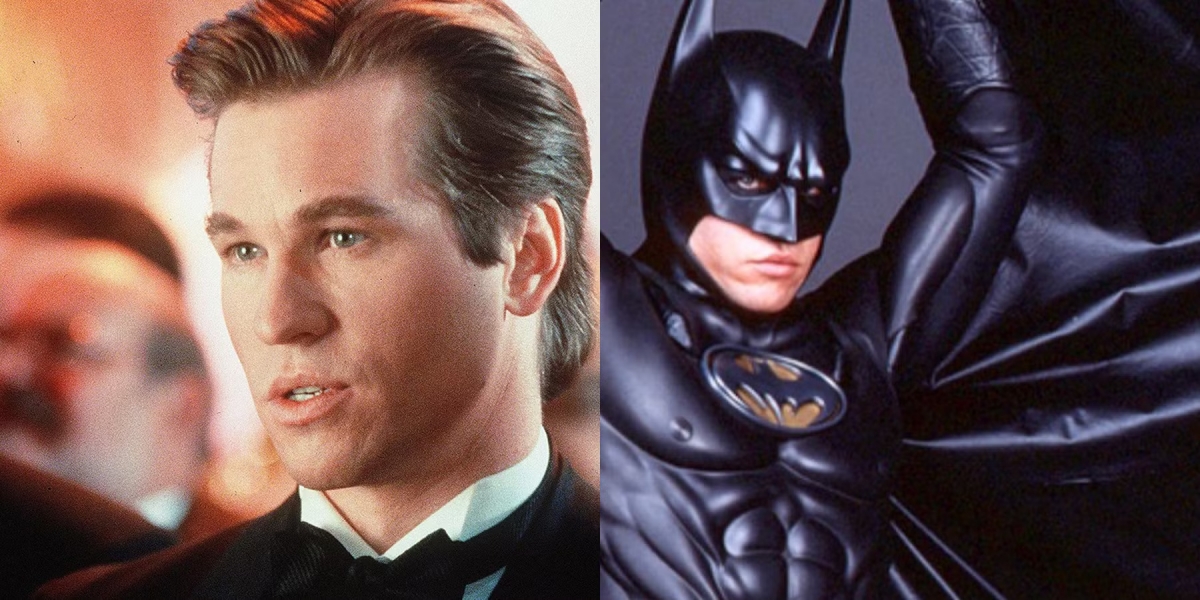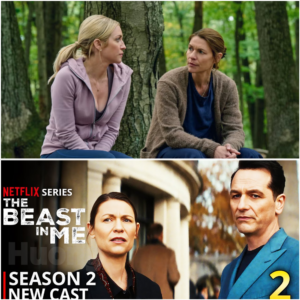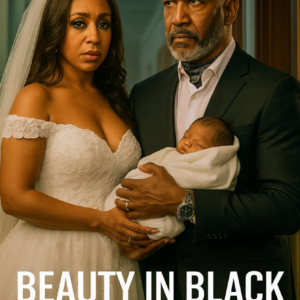 Val Kilmer, the versatile and charismatic actor who left an indelible mark on Hollywood, passed away on April 1, 2025, at the age of 65 due to pneumonia, following a long battle with health complications stemming from his 2014 throat cancer diagnosis. Known for his roles in blockbuster films like Top Gun, The Doors, and Tombstone, Kilmer’s portrayal of Batman in 1995’s Batman Forever remains one of his most discussed performances, especially in the wake of his passing. As fans and critics reflect on his career, the tributes pouring in highlight not only Kilmer’s contribution to the Caped Crusader’s legacy but also the unique depth he brought to the role, often overshadowed by the film’s campy tone.
Val Kilmer, the versatile and charismatic actor who left an indelible mark on Hollywood, passed away on April 1, 2025, at the age of 65 due to pneumonia, following a long battle with health complications stemming from his 2014 throat cancer diagnosis. Known for his roles in blockbuster films like Top Gun, The Doors, and Tombstone, Kilmer’s portrayal of Batman in 1995’s Batman Forever remains one of his most discussed performances, especially in the wake of his passing. As fans and critics reflect on his career, the tributes pouring in highlight not only Kilmer’s contribution to the Caped Crusader’s legacy but also the unique depth he brought to the role, often overshadowed by the film’s campy tone.
Kilmer’s journey to becoming Batman was unexpected. After Michael Keaton’s darker, Tim Burton-directed Batman (1989) and Batman Returns (1992), Warner Bros. sought a lighter approach to appeal to a broader audience. Director Joel Schumacher was brought on to helm Batman Forever, aiming for what some called a “Batman Lite” aesthetic—a colorful, less brooding take on the character. Schumacher, impressed by Kilmer’s magnetic performance as Doc Holliday in Tombstone (1993), cast him as Bruce Wayne/Batman without Kilmer even reading the script or knowing much about the director. The 1995 film, which grossed over $336 million worldwide and became the second-highest-grossing movie of that year domestically, featured Kilmer alongside a star-studded cast including Jim Carrey as the Riddler, Tommy Lee Jones as Two-Face, Nicole Kidman as Dr. Chase Meridian, and Chris O’Donnell as Robin.
At the time of its release, Batman Forever was a commercial success, resonating with younger audiences who embraced its vibrant, almost cartoonish style. For many fans, particularly those who were children in the ‘90s, Kilmer’s Batman was their introduction to the character. A fan on X recalled building a model of Kilmer’s Batmobile and seeing the film five times in theaters, noting how the movie’s impact overshadowed Keaton’s version for that generation. Unlike Keaton’s introspective, Burton-esque Batman, Kilmer played Bruce Wayne with a suave, James Bond-like charisma, blending a sense of authority with a lighter, more approachable demeanor. Critics like Roger Ebert praised Kilmer’s ability to hold the film together as a “sturdy straight man” amidst the “abject goofiness” of Carrey and Jones, a sentiment echoed in a recent New York Times piece that described Kilmer as the “ideal foil” for the manic villains.
However, Kilmer’s experience on set was far from enjoyable. In his 2021 documentary Val, he revealed the physical and emotional toll of the role. The restrictive Batsuit made communication difficult—he couldn’t hear well through it—and he felt disconnected from the character, famously stating, “It’s not about Batman. There is no Batman.” This frustration led Kilmer to decline reprising the role in Batman & Robin (1997), a decision that some fans now see as a missed opportunity. Posts on X reflect a sentiment that Kilmer was a “wasted” casting, with users arguing that the actor who so brilliantly portrayed Doc Holliday could have been a definitive Batman with a better script and direction. One user highlighted Kilmer’s focus on Bruce Wayne’s humanity, noting a scene where he was ready to reveal his identity to save the Graysons, a moment that showcased his nuanced take on the character’s moral compass.
Despite the mixed critical reception of Batman Forever at the time, its legacy has grown over the years, especially in an era where superhero films often lean toward darker, more serious tones. A GQ tribute noted that the film’s “outré style has aged well” compared to the “drab” superhero movies of today, with Kilmer’s Batman enduring as one of the greatest portrayals of the character. Fans on X have called him “underrated,” praising his ability to balance Bruce Wayne’s smooth charisma with Batman’s inner turmoil and cool composure. Some argue that Kilmer’s performance captured a Batman who was “haunted by memory yet still holding onto hope,” a duality that resonated deeply despite the film’s lighter tone.
Tributes from Kilmer’s peers further underscore his impact. Jim Carrey, who played the Riddler, described Kilmer as a “generational talent who left us an enviable legacy,” reflecting on their time together on Batman Forever. Tom Cruise, Kilmer’s co-star in Top Gun, honored him at CinemaCon 2025 with a moment of silence, recalling their emotional reunion in Top Gun: Maverick (2022), where Kilmer reprised his role as Iceman in what became his final on-screen appearance. Kilmer’s battle with throat cancer, which left him unable to speak naturally, made that scene particularly poignant, with his voice recreated using AI—a testament to his determination to continue acting despite his health struggles.
Beyond the screen, Kilmer’s connection to Batman endured through his art. In the final years of his life, as detailed by CNN, Kilmer turned to visual art, creating Batman-themed pieces with artist David Choe, a nod to his fans that showed his appreciation for the role even after its challenges. His daughter, Mercedes Kilmer, confirmed that he spent his last years bedridden due to health complications, but his spirit remained vibrant, as seen in these artistic endeavors.
Val Kilmer’s portrayal of Batman may have been a one-off, but its significance continues to grow. For a generation of fans, he was the Batman who defined their childhoods—a hero who brought both gravitas and charm to the role. As tributes pour in following his passing, it’s clear that Kilmer’s legacy as the Caped Crusader will endure, a fitting testament to an actor whose talent and humanity left an indelible mark on cinema.


